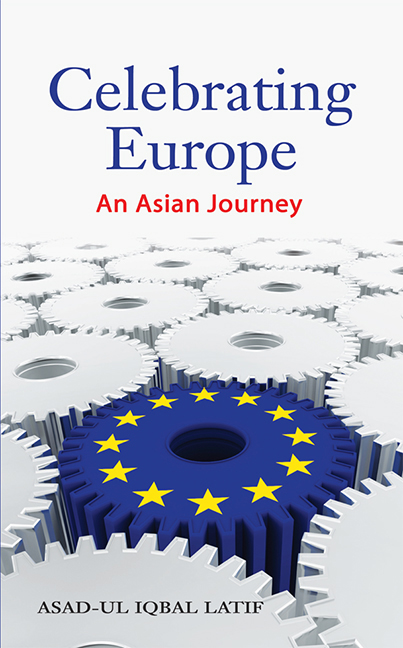Book contents
- Frontmatter
- Dedication
- Contents
- Foreword
- Acknowledgements
- Introduction: Europe
- 1 Europe Abroad
- 2 Gentiles
- 3 The Berlin Wall
- 4 Soviets of the Mind
- 5 The Secular Soul
- 6 The Leopard's Italy
- 7 England
- 8 Champagne France
- 9 Two Bengali Greeks
- 10 The Polish Hospital
- 11 Postmodern Europe
- Bibliography
- Index
- About the Author
8 - Champagne France
Published online by Cambridge University Press: 21 October 2015
- Frontmatter
- Dedication
- Contents
- Foreword
- Acknowledgements
- Introduction: Europe
- 1 Europe Abroad
- 2 Gentiles
- 3 The Berlin Wall
- 4 Soviets of the Mind
- 5 The Secular Soul
- 6 The Leopard's Italy
- 7 England
- 8 Champagne France
- 9 Two Bengali Greeks
- 10 The Polish Hospital
- 11 Postmodern Europe
- Bibliography
- Index
- About the Author
Summary
The programme for the trip to France in 2004 included an “optional” visit to the House of Moët & Chandon in the Champagne region. As the highway from Paris branched off into Epernay after two hours on the bus, rolling acres of vineyards and fairy-tale villages captured the view. The bus arrived at the company's headquarters, where the travellers from Asia were greeted by presence of a statue of Dom Perignon. Born Pierre Perignon in 1640, he entered the Benedictine Order at the Abbey of Saint-Vannes in Verdun at nineteen, and, when only twenty-eight, was appointed cellar master at the Abbey of Hautvillers. Stories that his blindness enhanced his tasting faculties are discounted today, as is the famous line that, on tasting the sparkling champagne that he had just invented, he declared: “Come quickly, I am drinking the stars!” Indeed, he did not invent champagne. But what this remarkable viticulteur possessed were special blending skills; apparently, he was also the first person to keep the sparkle in the wine by putting it in reinforced glass bottles and sealing it with Spanish corks. In the late 1920s, Moët & Chandon invoked his name for its tête de cuvée. Although the champagne no longer owes its allure to being in very short supply always, the Benedictine monk has become immortal in the enological imagination.
As my fellow-journalists and I alighted from the bus at Moët & Chandon's headquarters, we found standing, next to Dom Perignon's bronze statue, a fragile, feminine, and very French mortal. She was from the company's communication and heritage department and welcomed us with a mysterious smile to a tour of the premises. Her lispy tongue transformed the wine of English into the champagne of French. Thus, it would not do to say that wines were being fermented in underground cellars. “The grapes are sleeping in these caves,” she whispered dreamily and looked at us. We agreed, and lowered our voices.
- Type
- Chapter
- Information
- Celebrating EuropeAn Asian Journey, pp. 109 - 113Publisher: ISEAS–Yusof Ishak InstitutePrint publication year: 2012



